
Started under the name of Real y Pontificia Universidad d...
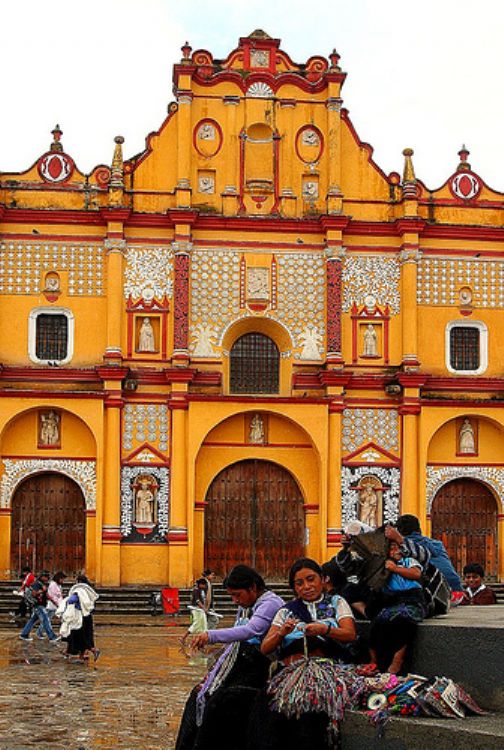
FESTIVITIES AND CELEBRATIONS
CHIAPA DE CORZO FAIR
The largest fair in the state, every year the residents of this locality of Corzo embark in a party that lasts from the 8th until the 23th of January. During these three weeks, festivities and celebrations take place honoring the patron saint San Antonio Abad and the lord of Esquipulas, as well as the naval battle fought by the people of Chiapa de Corzo against the Spaniards on the Grijalva river. The streets in town are flooded by fireworks, parades, great meals, dancing, costumes, rejoicing and color, in what is considered the busiest fair in the region.
THE PARACHICOS: The legend refers to a wealthy Spanish lady called Maria de Angulo who came to Chiapa de Corzo from an ancient town in Guatemala in the middle of the XVIII century. The purpose of her trip was to find a cure for her ailing son. Once she found the healer or curandero she was looking for, her son was healed and they returned happily to their home. But years later, the whole region of Chiapas was victim to plagues of locusts that ruined the crops and spread hunger and disease across the population. Facing such a catastrophe, the Spanish lady returned to Chiapas with her servants and gave away beans, corn, chicken and money as a token of gratitude for her son´s recovery. This is why, as the servants distributed the coins, they shouted "para el chico, para el chico" meaning "for the boy".
Hence the name Parachicos, a parade that celebrates this good deed, and which includes a small girl chosen to interpret the generous lady and gives away candy around the local children.
TUXTLA CARNIVAL
The Zoque ethnic group lived within the boundaries of the Chiapas capital, and even under Spanish rule, they celebrated their carnival during Easter week. Such festivities blended the natives pre-Spaniard traditions with elements of the new Christian religion, and music and dance played the major roles in artistic representations such as the "Suyu-Etze" or dance of the old women, the "Tonguy-Etze" or dance of the spurs, and the main event, the "Napapuc-Etze" or dance of the macaw feather, during which the Zoque men dressed as women and danced to the drums and the whistle.
However, the disappearance of this ethnic group left the ceremony without its original elements which resulted in the Mestizo or mixed-raced carnival of Tuxtla. Taking place on the same season, the new carnival has included elements proper of the modern world such as the crowning of an ugly king and a carnival queen, the burial of John Carnival, the parading of allegorical chariots and many gastronomical contests.
SAN JUAN CHAMULA CARNIVAL
During the Bolonchon dance, men dressed as "mash" monkeys perform their movements, followed by a race in front of the town´s church where they run over burning charcoals.
MEDIA
As a response to the conditions of inequality and discrimination suffered by the indigenous groups in Mexico, and those who reside in the state of Chiapas in particular, representatives of the civil population have created various support groups such as the Independent Media Center in Chiapas, similar to those that operate in great cities like Seattle, Melbourne or Prague, and which focuses in the spreading of all information concerning the struggle for the welfare of indigenous peoples around the world, at no cost or condition
MUSIC
It is no longer possible to hear the chanting and the sounds of the native ancestors as they walk by the thick Lancandona jungle, the refreshing lakes of Montebello, or the cold Sierra de Soconusco; however, their musical legacy survives in a musical instrument of international renown original of Mexico, the marimba. As it is known today, this instrument has been transformed physically and has evolved in time, so that great masters from Chiapas like Manuel Bolan, Corazon de Jesus Borraz, Rafael de Paz and Federico Alvarez del Toro could improve their performances before the most demanding audiences around the globe.
On the other hand, some ethnic groups like the Zoques keep their musical traditions alive through the ancestral instruments such as the drums and the whistle.
Others, such as the Tzotziles, have adapted to the change that the Spanish conquest implied within their societies, and have adopted some of the instruments brought by the Europeans such as the guitar and the harp, in fact including them in their celebrations.
LITERATURE
JAIME SABINES 1926-1999
Mexico´s greatest poet, distinguished son of the city of Tuxtla Gutierrez in Chiapas. His most famous poems include The Sign (1951), Adam and Eve (1952), Tarumba (1960), Daily Weekly and prose poems (1961), Yuria (1967), Bad Weather (1972), and Something about the death of major Sabines (1973), works for which he received countless awards.
But his true legacy was that of being a poet of the people, one who was able to enter the homes of millions of Hispanic readers that never had been very keen on poetry or on any other literary expression for that matter, as they found in him a passion towards joy and despair in the shape of words
ROSARIO CASTELLANOS 1925-1974 Born in Mexico City, at very young age she was taken to live in Comitan in the state of Chiapas. During her whole life she stood out as a promoter of Mexican culture, and of the indigenous culture of Chiapas in particular. Poet, novelist, essayist, literary critic, academic and diplomat, Rosario Castellanos dedicated her life to denounce and condemn social and gender inequality in her nation.
Her main works include Balun Canan(1957), Royal City(1960), Family Album(1971),Trade of Darkness(1962) and The Eternal Feminine(1975).

Started under the name of Real y Pontificia Universidad d...
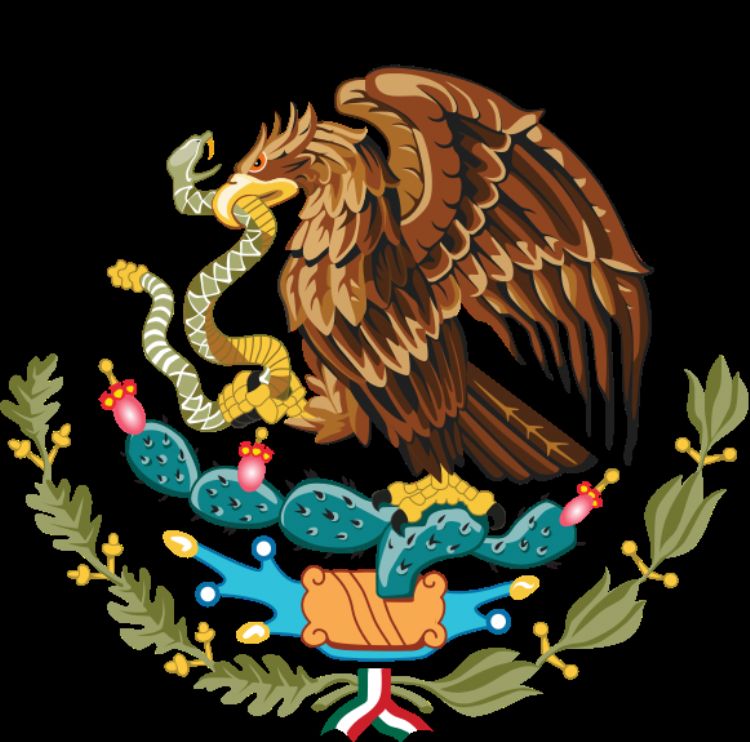
The 1917 Constitution is the result of a long historical ...

Traditionally, the Comisión Federal de electricida...
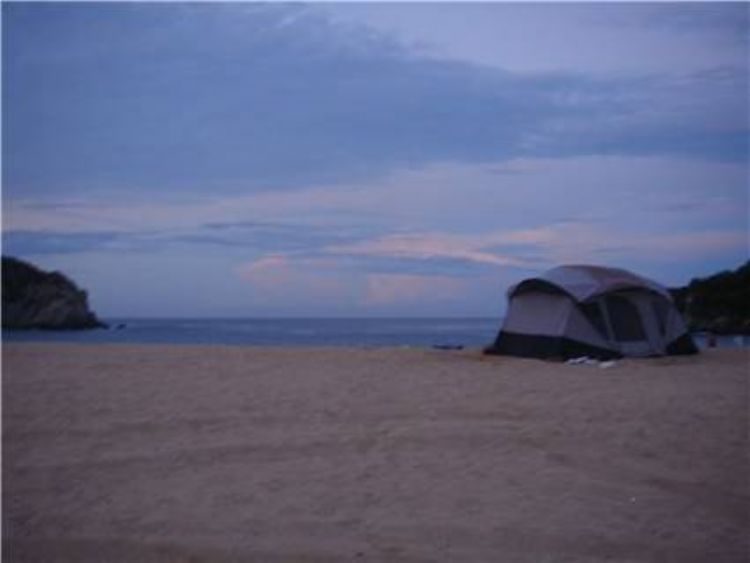
Mexico offers hundreds of fascinating camping sites. We r...

The Voterâs Mexican Credential or Federal Elect...
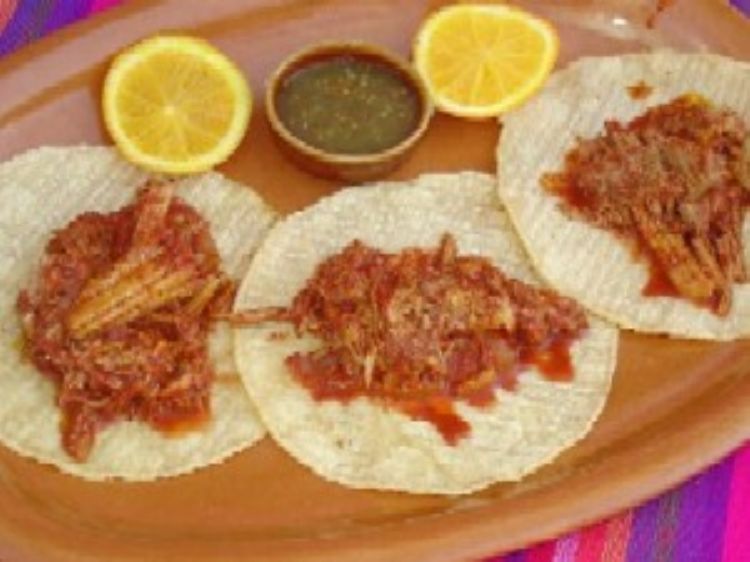
Cochinita pibil is the most famous dish originated in Yuc...
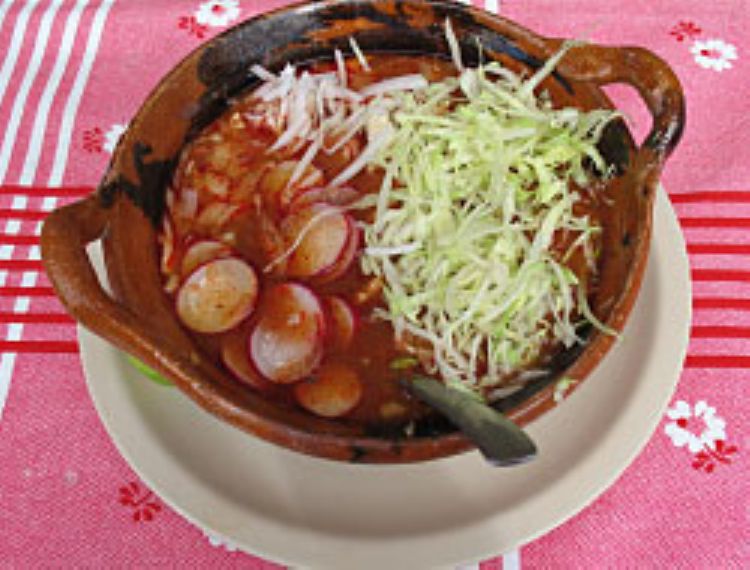
Pozole is a delicious dish prepared with corn, meat, pepp...
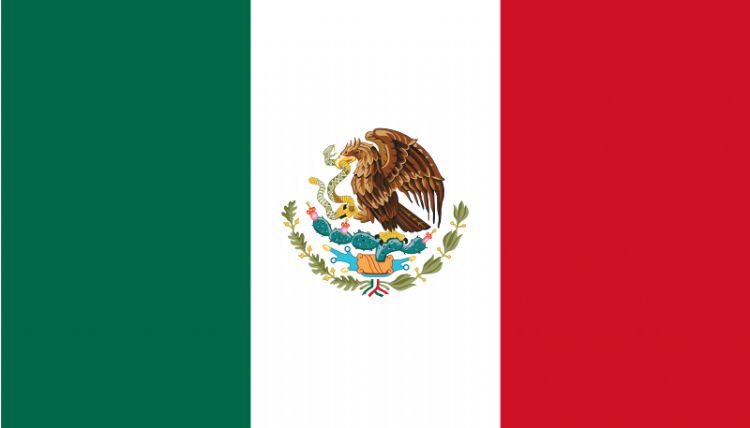
Mexicoâs flag is the most representative identity symbo...
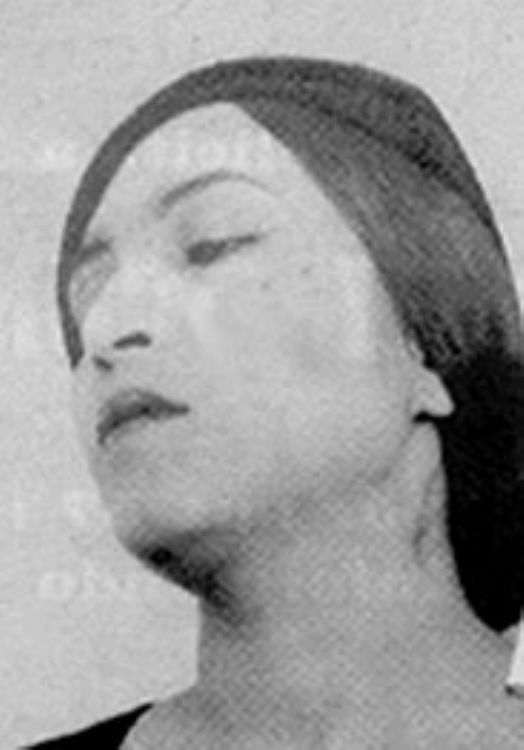
One of the most important painters of Mexican art during ...

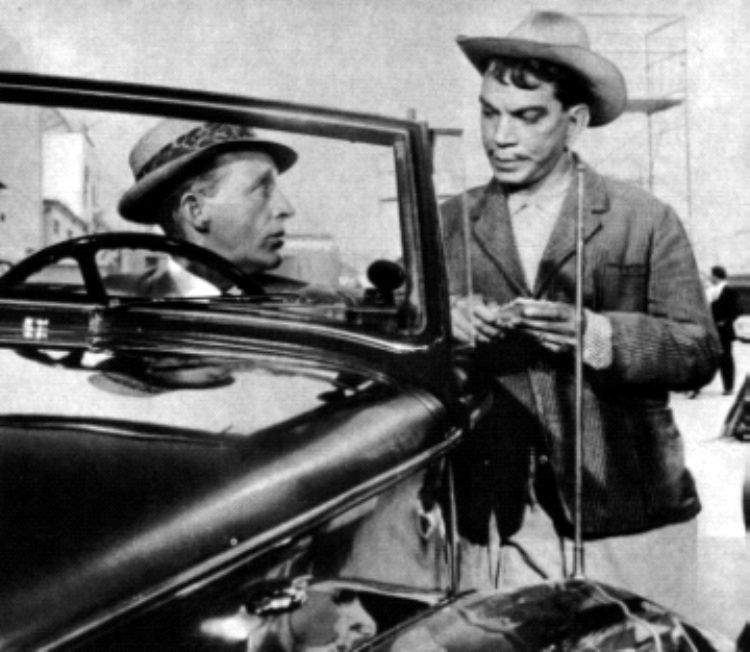
Fortino Mario Alfonso Moreno Reyes was born on August 12,...